What is Ovestin?
How does it work?
What are the benefits of taking it?
How do I use it and its dosage?
Always use this medicine exactly as your doctor or pharmacist has told you. If in doubt, consult your doctor or pharmacist again.
Never exceed the dose prescribed by your doctor.
The recommended dose for vaginal discomfort is a daily application during the first weeks (maximum 4 weeks) and then the dose is gradually decreased until, for example, an application twice a week.
To improve wound healing in postmenopausal women undergoing vaginal surgery, the usual dose is 1 daily application for 2 weeks before surgery and then 1 application twice a week for 2 weeks after surgery.
To help evaluate vaginal smears from postmenopausal women, the usual dose is 1 application daily each day of the week before the test.
Your doctor may interrupt the treatment every 2-3 months for a period of 4 weeks to assess whether it is necessary to continue.
Instructions for the correct administration of the preparation
Use the applicator to apply the cream to the vagina. It is advisable to do it before bed.
One application (applicator filled to the mark) contains 1g of Ovestin cream, which in turn contains 1mg of estriol.
- Uncap the tube, invert the cap, and use the sharp tip to open the tube seal.
- Screw the applicator onto the tube. Make sure the plunger is fully inserted into the cylinder.
- Slowly squeeze the tube so that enough cream penetrates the applicator to fill it up to the mark.
- Unscrew the applicator and recap the tube.
- To apply the cream, lie down and insert the end of the applicator deep into the vagina
- Slowly push in the plunger until the applicator is empty.
- After use, pull the plunger out of the cylinder past the resistance point and wash it together with the applicator in warm soapy water, rinsing well afterward. Do not use detergents. Rinse well afterward.
- The applicator can be re-engaged by fully inserting the plunger into the cylinder past the point of resistance.
Discard the applicator once the tube is empty.
The maximum dose (1 application per day) should not be used for more than 2-3 weeks.
Your doctor will try to prescribe the lowest dose to treat your symptoms for the shortest time necessary. If you feel that the effect of Ovestin is too strong or too weak, tell your doctor.
If you use more Ovestin than you should
In case of overdose or accidental ingestion, immediately consult your doctor or pharmacist or call the Toxicology Information Service, telephone 91 562 04 20, indicating the medicine and the amount ingested.
If someone ingests some cream they should consult a doctor. Symptoms that may appear are nausea and vomiting; Vaginal bleeding may also occur in women and girls after a few days.
Side effects & precautions
Like all medicines, this urogenital atrophy natural remedy can cause side effects, although not everybody gets them.
Compared to women not using hormone replacement therapy, the following diseases have been reported more frequently in women using hormone replacement therapy circulating in the blood.
These risks affect less vaginally administered treatments like Ovestin:
- breast cancer
- ovarian cancer
- blood clots in the veins of the legs or lungs (venous thromboembolism)
- stroke
- probable memory loss if hormone replacement therapy is started after age 65.
Depending on the dose and sensitivity of the patient, Ovestin may infrequently cause side effects such as:
- swelling and increased tenderness in the breasts.
- slight vaginal bleeding
- increased vaginal discharge
- sickness
- fluid retention in tissues, usually marked by swollen ankles or feet
- local irritation or itching
The following side effects associated with other hormone replacement therapies have been reported.
- gallbladder diseases
- various skin disorders
- pigmentation of the skin, especially of the face or neck, known as “pregnancy spots” (chloasma)
- painful and reddish nodules on the skin (erythema nodosum)
- skin rash with target-shaped lesions or reddish papules (erythema multiforme).

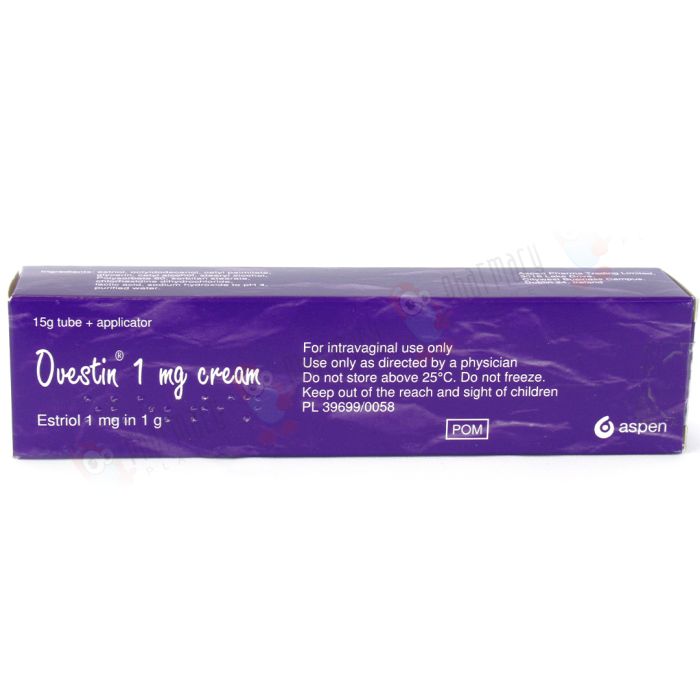

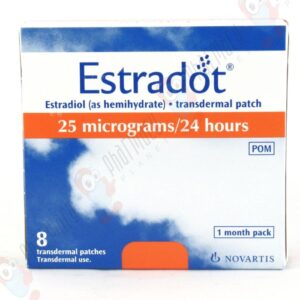
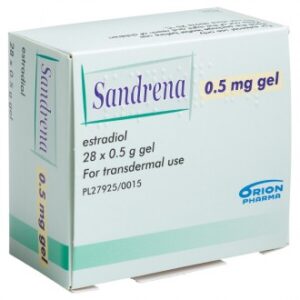
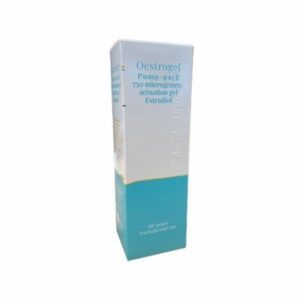
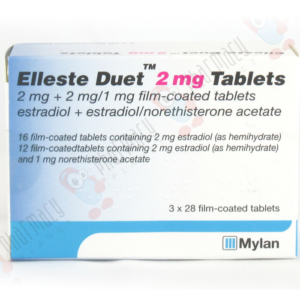
Reviews
There are no reviews yet.